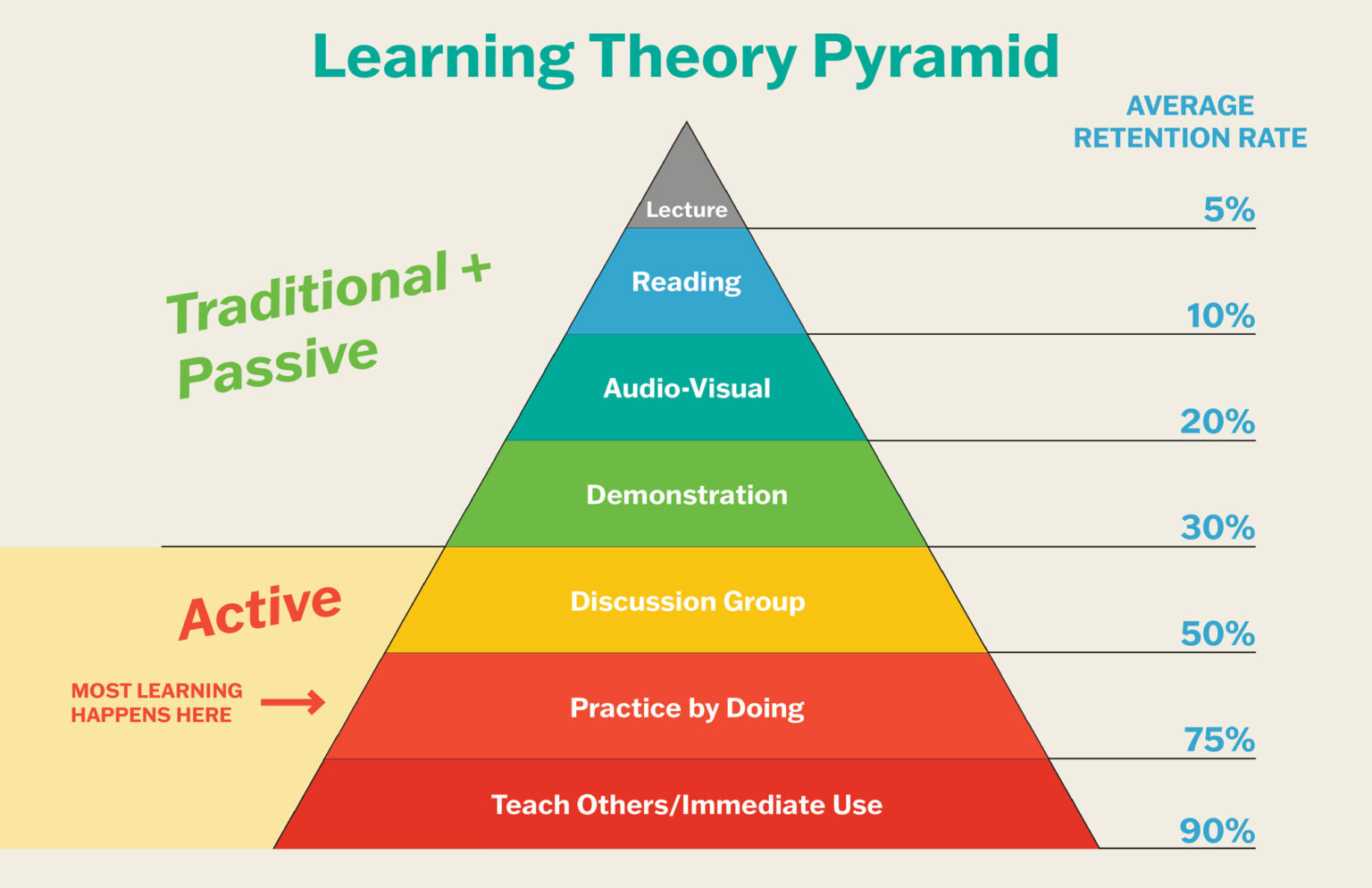Online Learning: How the Internet Changed School
The internet has revolutionized the way we learn.
Students now have access to information and knowledge from around the world at their fingertips, through online databases, videos, websites, and more.
The days of picking up a textbook for every subject are long gone. Students now use digital sources for research papers in just about every class.
This is not only a positive change because it saves time and money on books but also because it allows students to pursue topics they're particularly interested in without having to worry about being punished by teachers who disapprove of "going off-topic."
The Internet has changed schools dramatically over the years as well - giving instructors greater ability to share course materials with students all over the globe and make classes available 24/7 via an online portal.
For many people, the internet is their #1 source of information.
This blog post will outline some of the ways the internet has changed education as we know it!
The Internet has changed the way people access information.
The internet has changed how students learn and what they're learning about.
To make connections, ask questions, or gather information on any topic imaginable, all you need is a connection to the World Wide Web!
The Internet has changed education in a variety of ways, both good and bad. It is important to be familiar with these changes as they only continue to grow more influential over the years!
One way that the internet has changed schools is by providing students access to information all around the world through online databases, videos, websites, etc.
It has also increased creativity in students. Studies have shown that kids who use technology are more open-minded and innovative than those who don't.
For example, creative expression, in terms of both visual arts and music with multimedia tools makes it possible to become a composer without years of training. Opening up this level to new creators not only might produce a lot of rich hits but may also widen the range of artistic styles available to take into account.
Additionally, the internet has also increased student/teacher connections. It is much easier now for instructors to reach out and get feedback from students all over the world, leading to a more interactive learning experience!
How has the internet changed schools for students in different parts of the world?
In many countries, internet access is not as widespread and has yet to seep into the education system.
However, there have been many studies that show an incredible value in online learning because of how easy it is to acquire information when presented in the right way.
Plus with the push for more technologically savvy classrooms, incorporating technology seems like the natural next step.
You can even get college credit by taking free online courses offered by top universities even if you don't plan on pursuing a degree.
The accessibility to information about virtually anything online opens up new educational opportunities for remote communities where the nearby library might have limited resources or outdated books.
There are several different benefits when it comes to digital, or e-textbooks.
First, less paper is used because students don't use physical copies of their textbooks anymore.
Second, some studies have shown that students with electronic tablets experience increased instructional participation because they can build relationships more easily with their classmates through online discussion boards, chats, and message groups.
Thirdly, it allows for adaptive assignments which helps customize learning according to each student's area of need to increase engagement and enjoyment." This ability is called "Accommodative Learning."
And finally, there are also psychological benefits to e-textbooks:
The ability to reread passages and annotate sections as needed.
Ability to speed up or slow down the audio narration of content, which can be especially helpful for people with reading disabilities.
Increased motivation because students are more likely to complete assignments when they know that there is immediate feedback.
What are some pros and cons to having an internet connection at school?
Pros
The advantages of Internet use by students have expanded over time. Technological advances such as increased speed and affordability have made information readily available near their fingertips anytime they need it.
Students from different cultures and backgrounds will be able to encourage each other, share their ideas, and learn how to work together.
Apart from their academic endeavors, students can use the web for research and entertainment.
In addition, it is a great way for children who come from single-parent homes or busy families that don't have the time to help their kids with homework, so they need that kind of assistance.
In this modern age, job applications are not only sent by email or fax anymore. Students can now apply to schools online and get their education from the comfort of home using a computer, tablet, or other electronic devices.
Cons
One major con would be that it slows down the lessons in class thanks to all the distractions people have when trying online.
Also, there are some dangers on certain websites that can affect students negatively. This can include seeing inappropriate or violent content that could potentially scar them for life.
There are as well many things that break down about socializing from lack of face-to-face contact which affects both teachers and learners.
Students can now take courses online that were once only available in person
Social media and the school curriculum
Social media platforms such as Snapchat, Instagram, and Twitter make it easy for students to stay connected with their classmates and teachers outside of school hours.
In fact, the use of social media in schools has increased significantly over the last few years.
An advantage to schools using social media platforms would be having immediate feedback when correcting mistakes or grading papers. This could certainly motivate students to complete their assignments.
However, some parents and school administrators are concerned that these platforms can be a distraction for students who often spend more time on them than they do with their homework or other classwork.
This could lead them away from academics, which can make some parents and school administrators concerned about the potential risks involved.
With social media's popularity on the rise amongst teens, it also makes staying connected much easier and opens up potential risks such as cyberbullying.
The Future of Online Learning
The Internet has had an unprecedented impact on our society's education. It is now easier than ever before for individuals of all ages to learn new things or gain knowledge about topics they were previously unfamiliar with, from anywhere around the world.
We have seen how this vast resource has significantly impacted classroom learning by providing students with more resources outside of their schools' reach which includes higher quality textbooks (e-textbooks), educational videos, and even live lectures online given by prominent faces in their fields such as professors and PhDs.
"Technology has changed nearly every aspect of modern life that it touches - including education." -Bill Gates
The internet, as a tool for learning, is now equal parts necessity and luxury. All over the world, schools are using technology to provide their students with opportunities not previously available when studying from books alone.
Online courses allow teachers and learners alike to take classes on subjects they can't find near their home - without leaving it!
Furthermore, connecting with classmates through social media platforms such as Instagram makes staying connected outside of school hours easier than ever before while increasing creativity amongst peers who may never have met otherwise.
And let's not forget how even job applications can be submitted online these days!



Comments
Post a Comment